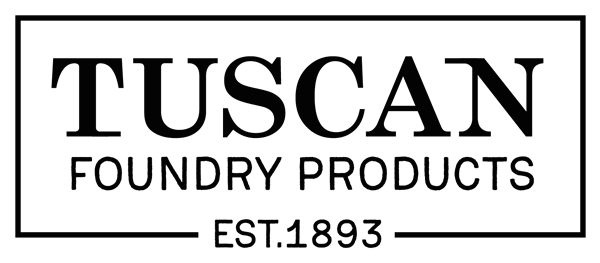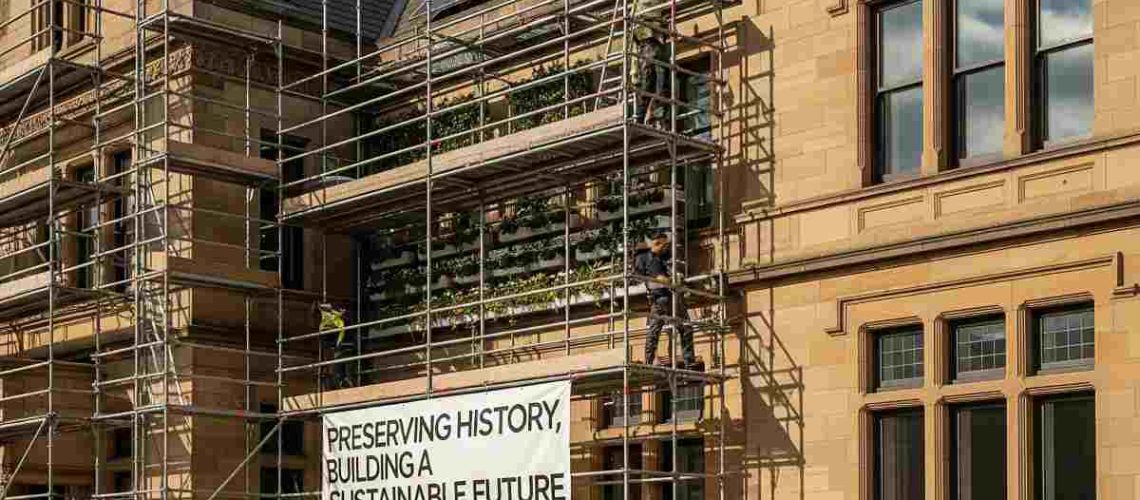


Retrofitting your home to improve energy efficiency and comfort can seem daunting, but a strategic “whole-house approach” offers a powerful solution. This method goes beyond isolated fixes, providing a comprehensive roadmap for transforming your property into a more sustainable and comfortable living space.
The whole-house approach is a strategic and integrated method for planning and implementing building retrofits, especially when significant improvements to a building’s energy performance are desired. Instead of tackling individual elements in isolation, it involves creating a master plan or road map that outlines various retrofit measures, their optimal sequence, and how they will work together cohesively. This holistic view helps to avoid unintended consequences and ensures that all retrofits are completed correctly and effectively. It is particularly beneficial for properties where significant intervention might otherwise lead to a “chaotic theory of events,” potentially resulting in undesirable aesthetic or technical defects.
Adopting a whole-house approach offers numerous advantages for homeowners: